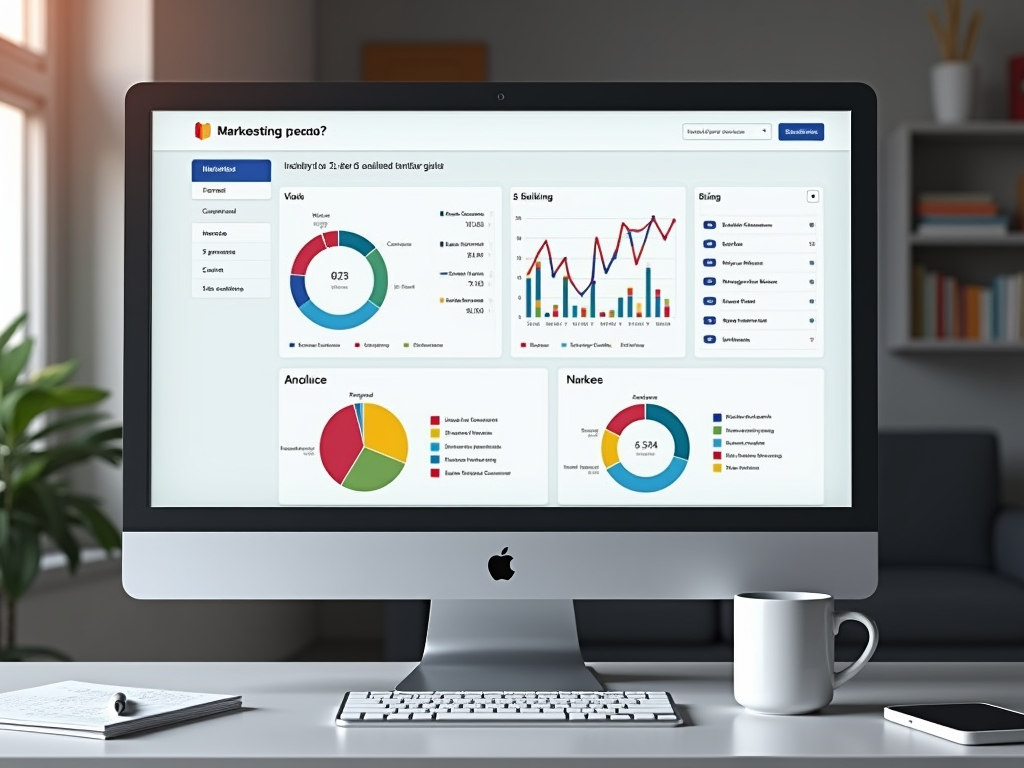Building an effective marketing funnel is crucial for converting leads into customers efficiently. A well-structured funnel guides potential customers through the buying process, providing valuable content at each stage. In this article, we’ll explore the key components of a successful marketing funnel, from awareness to conversion, ensuring you maximize your marketing efforts.
Understanding the Stages of a Marketing Funnel

A marketing funnel consist of several stages which ultimately lead a potential customer to make a purchase. Understanding these stages helps businesses tailor their strategies to cater to specific needs. The primary stages of a marketing funnel are:
- Aware: Potential customers first learn about your brand or product.
- Interest: They express interest and seek more information.
- Consideration: They evaluate your product against alternatives.
- Intent: The customers show intent to buy, often by adding products to a cart.
- Conversion: The final stage where the customer makes a purchase.
Each stage requires unique strategies, aimed at moving leads seamlessly to the next phase while nurturing them along the way.
Creating Compelling Content for Each Stage

Content is a crucial element at every stage of the marketing funnel. For the Aware phase, focus on brand-building content such as blogs, social media posts, and advertisements that catch attention. As you move to the Interest phase, provide educational resources like ebooks, webinars, and informative articles that dive deeper into your product offerings.
During the Consideration stage, create comparison guides, case studies, and product demos that clearly illustrate the benefits of your product versus competitors. Once potential customers reach the Intent stage, they appreciate personalized emails, special offers, and testimonials that can sway their buying decision. Finally, in the Conversion stage, ensure a seamless transaction process with user-friendly checkout procedures and clear calls-to-action.
Choosing the right marketing channels can significantly impact your funnel’s effectiveness. Here are some prominent channels to consider:
- Social Media: Engage customers through platforms like Facebook, Instagram, and Twitter.
- Email Marketing: Nurture leads with targeted and personalized email campaigns.
- SEO and Content Marketing: Optimize your content to rank well, driving organic traffic to your funnel.
- PPC Advertising: Use paid ads to attract leads at the awareness stage quickly.
Each of these channels serves a specific purpose and can lead potential customers efficiently through your funnel when used strategically.
Tracking and Analyzing Metrics
To ensure your marketing funnel is performing optimally, tracking and analyzing relevant metrics is vital. Metrics to monitor include:
- Conversion Rate: Measure the percentage of visitors who complete the desired action.
- Cost per Acquisition (CPA): Calculate how much you spend to acquire a customer.
- Lead-to-Customer Ratio: Evaluate how many leads convert into paying customers.
- Customer Retention Rate: Track how well you retain customers over time.
By understanding these metrics, you can make data-driven decisions to optimize each stage of your funnel and improve overall performance.
Continuous Improvement and Adaptation
Building an effective marketing funnel is not a one-time task; it requires continuous improvement and adaptation. Regularly refreshing your content and marketing strategies based on consumer behavior trends will help you stay relevant. Perform A/B testing on your emails, landing pages, and advertisements to find out what best resonates with your audience.
Additionally, keep up with industry trends and consumer feedback to adjust your funnel accordingly. Employing analytics tools to delve into user journey patterns can provide insights for enhancements. The more you adapt and optimize your marketing funnel, the more successful you will be in converting leads into loyal customers.
Conclusion
Building an effective marketing funnel is fundamental for any business looking to grow its customer base. By understanding the stages of a marketing funnel, creating compelling content tailored to each stage, utilizing effective marketing channels, tracking important metrics, and committing to continuous improvement, you can create a seamless path for potential customers to follow. Remember, your marketing funnel is not just a step-by-step guide; it’s about nurturing relationships and providing value to your audience.
Frequently Asked Questions
1. What is the purpose of a marketing funnel?
The purpose of a marketing funnel is to guide potential customers through the buying process, nurturing them from awareness to conversion while providing relevant content and engagement at each stage.
2. How do I know if my marketing funnel is effective?
You can determine the effectiveness of your marketing funnel by analyzing metrics such as conversion rate, lead-to-customer ratio, and customer retention rate, enabling you to make necessary optimizations.
3. What types of content should I use at each stage of the funnel?
Content should be tailored to each stage: use brand-building content for awareness, educational resources for interest, comparison guides for consideration, personalized offers for intent, and a smooth transaction process for conversion.
4. Can I use multiple marketing channels for my funnel?
Yes! Utilizing multiple marketing channels such as social media, email marketing, SEO, and PPC advertising can help attract and engage leads at various funnel stages.
5. How often should I update my marketing funnel?
It’s advisable to review and update your marketing funnel regularly—at least quarterly or in response to significant changes in user behavior or industry trends—to ensure it remains effective.



